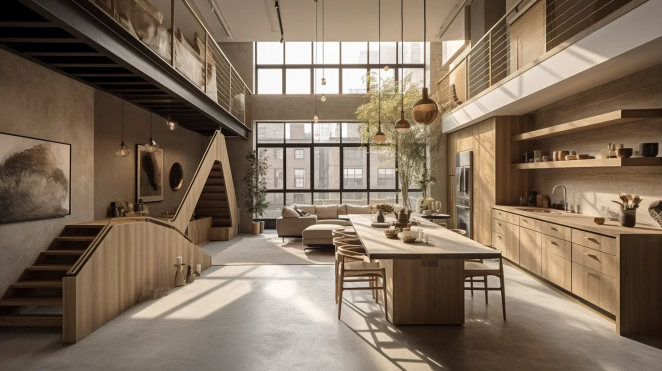The interplay between global trends and local creativity has become a defining characteristic of contemporary aesthetics. As cultures intertwine and technology bridges geographical divides, designers are increasingly drawing inspiration from a mosaic of global influences while infusing their work with distinct local flavours. This dynamic exchange not only enriches the design narrative but also fosters a vibrant, cross-cultural dialogue that celebrates diversity and innovation.
The Global Design Ecosystem
The digital age has ushered in an era of unprecedented connectivity, allowing designers to access a vast repository of global ideas, styles, and practices at their fingertips. Platforms like Instagram, Pinterest, and Behance serve as virtual galleries where designers from Tokyo to Toronto showcase their work, creating a global design ecosystem. This ecosystem encourages the exchange of ideas and trends, making it easier for designers to adopt and adapt influences from different cultures.
For instance, the minimalist design principles prevalent in Scandinavian design—characterized by simplicity, functionality, and natural materials—have found enthusiastic adopters worldwide. This aesthetic, often associated with calmness and clarity, resonates universally, leading designers in various regions to integrate Scandinavian elements into their projects while adding unique local twists.
The Fusion of Global and Local Influences
The fusion of global and local influences in design is a testament to the creative adaptability of designers. This fusion often results in innovative, hybrid styles that reflect a nuanced understanding of both global trends and local traditions.
Take, for example, the trend of "Japandi," a blend of Japanese minimalism and Scandinavian functionality. This style marries the zen-like simplicity and natural elegance of Japanese design with the warmth and coziness of Scandinavian interiors.

Designers from diverse backgrounds have embraced Japandi, tailoring it to suit local tastes and contexts, thereby creating a globally influenced yet locally grounded aesthetic.
Similarly, the vibrant patterns and colours of African textiles have inspired designers worldwide, leading to a resurgence of bold, graphic prints in fashion and interior design. By incorporating these elements, designers pay homage to African artistry while reinterpreting it in a contemporary context, making it accessible to a broader audience.
Local Creativity and Cultural Identity
While global trends offer a rich source of inspiration, the essence of design lies in its ability to convey a sense of place and cultural identity. Local creativity is deeply rooted in the traditions, history, and values of a community, providing a unique lens through which designers view and interpret the world.
Incorporating local craftsmanship and materials is one-way designers celebrate cultural heritage. For example, in Mexico, the use of vibrant colours and handcrafted textiles in design not only reflects the country's rich cultural tapestry but also supports local artisans and preserves traditional techniques. This commitment to local craftsmanship ensures that design remains a living, evolving expression of cultural identity.

Local creativity often addresses specific needs and challenges within a community, leading to innovative solutions that are both practical and culturally resonant. In India, for instance, the concept of "jugaad"—a flexible, resourceful approach to problem-solving—has inspired a design ethos that prioritizes sustainability and ingenuity. This approach has gained global recognition, influencing designers to think creatively about resource use and functionality.
The Future of Design: A Harmonious Balance
As the boundaries between global and local continue to blur, the future of design will likely be defined by a harmonious balance of these influences. Designers will increasingly seek to create works that are not only visually appealing but also culturally meaningful and contextually relevant.
Education and awareness play crucial roles in this process. By fostering a deep understanding of different cultures and their design philosophies, designers can create work that respects and celebrates diversity. Collaborative projects and cross-cultural partnerships further enrich the design landscape, promoting a global perspective while honouring local uniqueness.

The interplay between global trends and local creativity is a powerful force shaping the future of design. As designers navigate this complex, interconnected world, they have the opportunity to craft narratives that are both universally resonant and deeply rooted in cultural identity. This dynamic fusion not only drives innovation but also ensures that design remains a vibrant, inclusive, and ever-evolving discipline.




